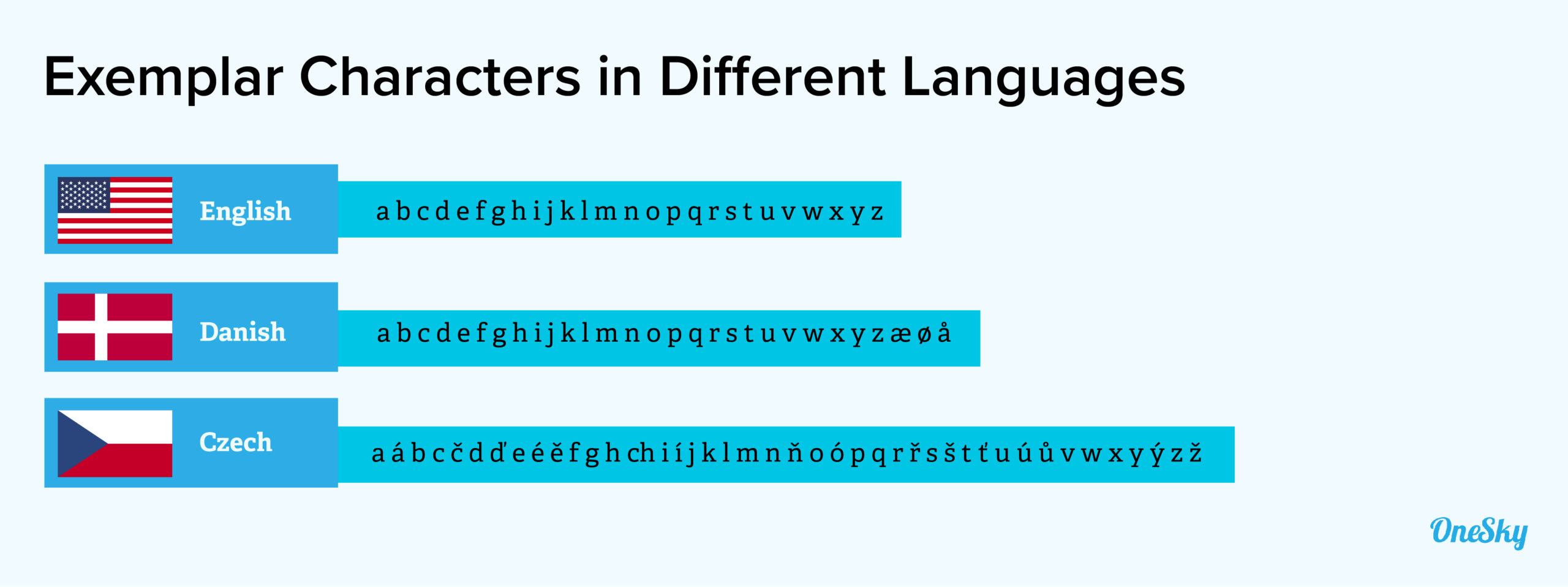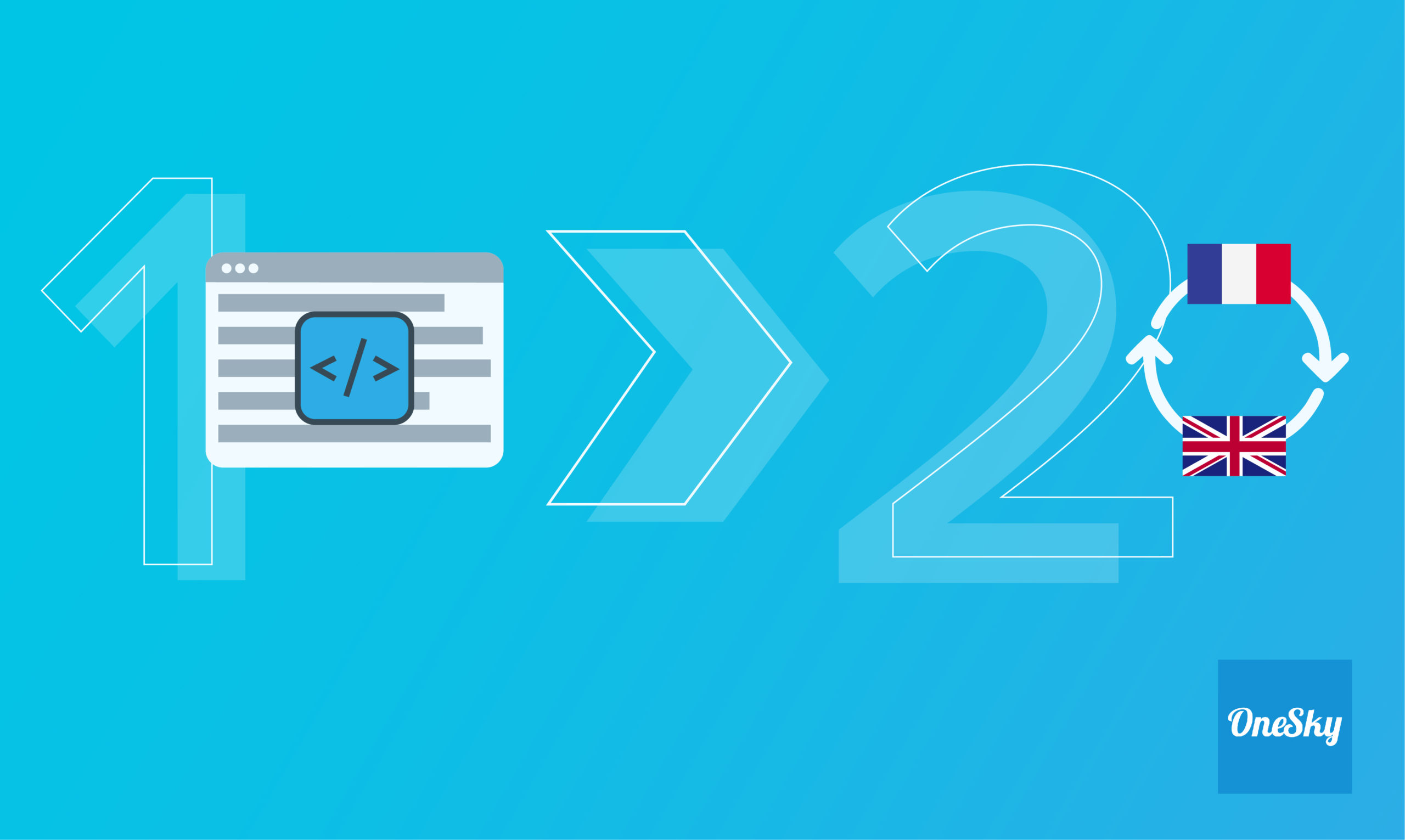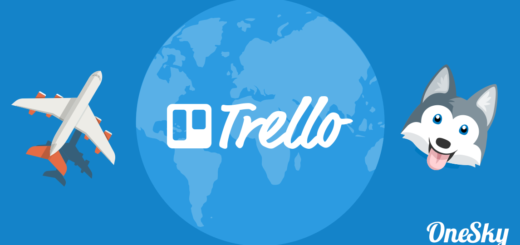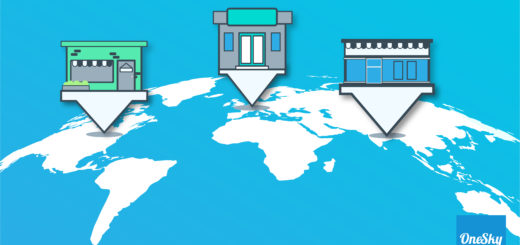I18n: Everything You Need to Know About Internationalization
So you want to expand into the global market, and you’re ready to localize your website, app, or software. Great!
But wait… are you missing something?
You need a container to hold the localized content, display it properly, and ensure that it can be updated without changing the source code every time you make a minor tweak.
How do you do that?
Before you localize, you need to internationalize. Here’s what you need to know about internationalization (i18n).
What Is Internationalization?
Internationalization, also known as i18n, prepares digital products such as websites, apps, games, or software to accept localized content for users in foreign markets.
I18n involves more than providing the ability to display translated content. More importantly, it sets up a flexible framework for applying different data formatting (e.g., date, time, currency, etc.) and media to match local preferences and requirements.
The process of i18n enables the use of Unicode to display local languages, supports hardware preferred by the target audiences, and ensures that the user interface design can accommodate content with different text lengths and directionality.
I18n separates localizable elements from the source code. Since you don’t have to hardcode localized content into a website, the process of localizing multiple regional websites becomes more cost-efficient. Additionally, you can standardize the process of making a website or app relevant to the local market while preserving a consistent brand image.
What Does Effective I18n Look Like?
A successful i18n effort ensures that your app, website, or software is ready to be localized to meet the needs of different regional markets.
Effective i18n allows you to translate and update every piece of text without changing the source code. You only need to maintain one set of source code for all the localized sites, so you can cut down on time and resources required for every update.
I18n ensures that a website or app presents currencies, dates, time, form fields, and more in formats relevant and appropriate for each local market. This helps you deliver a seamless user experience to build trust with your audience and drive conversions.
Internationalization vs. Localization (L10n)
While they go hand in hand, i18n and l10n are different processes. I18n sets the stage for a digital product to enter the global market, while l10n produces the assets required to launch the website, software, app, or game.
I18n prepares a digital product for localization by building a flexible and adaptive user interface, aligning brand voice to ensure consistency across regions, and auditing the source code to ensure that it can support regional preferences. It also separates the content into strings so they are ready to be sent to translation services.
Meanwhile, l10n involves translating content, adapting graphics, and finalizing the layout for each regional market. It addresses local customs, slang, and preferences to ensure that the content speaks to a specific target audience within a region.

What Are the Benefits of I18n?
Internationalizing a website, app, or game isn’t a trivial undertaking. Why should you make the investment?
If you want to reap the benefits of localization and enter the global market successfully, i18n is the first step to ensuring that you can localize cost-effectively. Here are some key benefits of i18n:
- Produce high-quality digital products that meet the technical requirements, cultural preferences, and consumer behaviors of regional markets, so you can meet local needs and increase sales.
- Reduce the time, cost, and effort required for localization efforts, so you can shorten time-to-market and become more agile in meeting consumer demands and market expectations.
- Maintain a single source code to reduce errors and discrepancies during updates while delivering a consistent brand experience to users in different regions.
- Standardize and streamline the process of localization to minimize resource needs and expenses associated with future updates.
- Provide the scalability, flexibility, and version control structure to support global expansion without having to reinvent the wheel every time you enter a new market.
What Are the Key Steps in I18n?
The specific tasks involved in i18n depend on the specifics of your website, app, game, or software. Here are some key steps that apply to most projects:
- Make your software, website, or app independent of any elements that will need to change during the localization process. These include language, character set, and formatting conventions (e.g., date and time display.)
- Select a locale framework — a set of parameters that defines a user’s language, region, or location-specific preferences. A locale identifier should consist at least of a language code and a country or region code.
- Comply with the Unicode standard, which is a universal encoding scheme for written characters and text. It provides you with a consistent method to encode multilingual text and exchange text data in localized websites, software, or apps.
- Eliminate hard-coded text in your source code, so you don’t have to change it every time you adjust the content. Instead, you can simply update the strings and apply the new content to different localized websites.
- Clean up concatenated strings as much as possible. While they can help keep codes clean, they also make translators’ work harder because they often create issues when handling pluralization or words with multiple meanings.
- Create code to support data collation in localized websites so information is sorted, filtered, and displayed correctly. For languages that have different exemplar characters, the information should be arranged according to local conventions.

- Ensure that your website or app supports bi-directional languages (i.e., those that read right to left), such as Hebrew and Arabic.
Address any considerations specific to your audience, the functionality of your digital product, and market conditions.
I18n Implementation Best Practices
Internationalization involves many moving parts. It’s important to cover your bases when planning your project. Here are some key considerations when implementing i18n for your website, app, game, or software:
Define a Strong Business Case
I18n isn’t a trivial undertaking. To get the various teams on board and the resources you need to complete the initiative, you need to demonstrate how the effort will benefit the company. For instance, investing in i18n now will help the brand expand its global footprint, increase market shares, and boost long-term profitability.
Establish a Holistic Scope
Like any digital product development project, identify your goals so you can focus resources on what matters. Since i18n touches every aspect of the development process — from the user interface to data collection, storage, and retrieval — you need to see beyond discrete features and establish an overarching strategy based on your global release objectives.
Document Project Requirements
While translation is an integral part of any l10n project, it’s rarely the be-all-end-all. You need to first assess user needs for the markets you plan to enter. Then, consider how data will flow through your app, what changes you need to make to the database, what functions should become locale-aware, and how the UI may be affected.
Create an I18n Plan
After establishing the scope and project requirements, create a comprehensive i18n plan to ensure that the final product is ready to support localization for the identified markets. If you have an existing code base, perform a detailed static analysis to identify internationalization issues you need to address.
Don’t Reinvent the Wheel
It’s not the time to get creative when it comes to your i18n framework. Don’t come up with piecemeal homegrown methods (e.g., string extraction and locale management) when you can leverage existing solutions, such as International Components for Unicode (ICU). Following these conventions will also make future maintenance much more cost-efficient.
Identify and Mitigate Risks
I18n is the prerequisite of any localization effort. A delayed internationalization process could create a domino effect that derails the launch of your website, app, or software in multiple markets. Review all the dependencies (e.g., partnership agreement, legal and compliance issues,) identify warning signs, and devise contingency plans for effective risk management.
Secure Your Resources
Internationalization is often a sizable and resource-intensive undertaking. Estimating the resources required, getting leadership buy-in, and securing the fundings you need are key to success. If you have a lot of legacy codes, you’ll need additional resources to keep up with ongoing development and maintenance outside of the i18n initiative.
Perform Source Code Management
The i18n process often requires changing functionalities or making significant adjustments to the database. Meanwhile, other development teams may be improving the software or fixing bugs while i18n is in progress. You’ll likely need to branch code and plan to perform code merges in the future.
Plan For Ongoing Support
When it comes to i18n and l10n, you can’t “set it and forget it.” Every time you add new content to your website or update the app, you need to ensure that the source code can support the changes and the localized sites are updated appropriately. Performing ongoing maintenance of your code can help avoid last-minute surprises when you make updates.
I18n: the Foundation of Successful Localization
A well-orchestrated i18n process helps ensure that your localization projects can go as quickly and smoothly as possible, so you can speed up time-to-market, lower costs, and drive sales in local markets.
To get the highest ROI from your i18n effort, support your localization projects and streamline your workflows with the right tools. For example, OneSky offers an advanced end-to-end localization solution that enables you to manage localization tasks for your website, app, game, or software all in one place. Learn more about OneSky and try it out for free.



 Written by -
Written by - 





 Written by
Written by 


